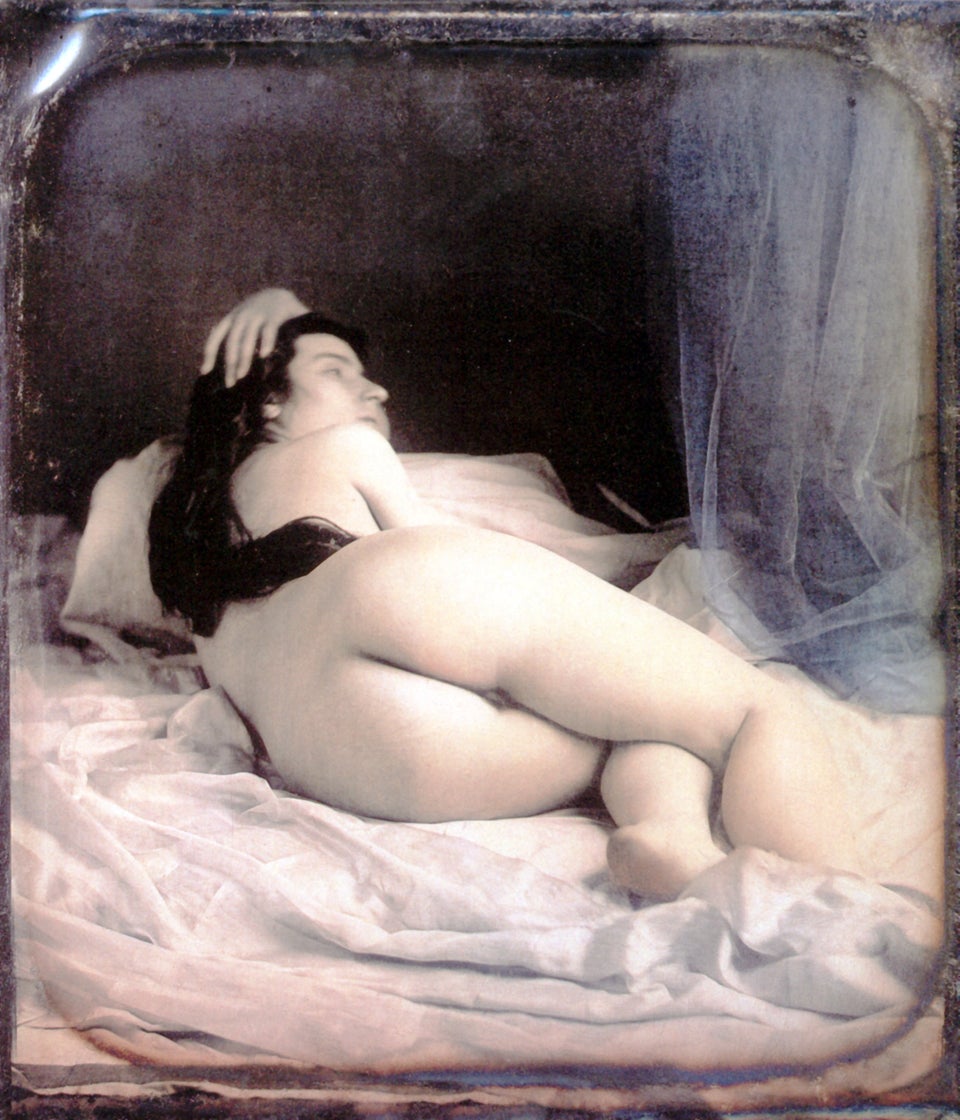Artists have been depicting the naked body for quite some time. As the Metropolitan Museum of Art puts it, this is perfectly natural, given the fact that humans spend a lot of their time without clothes, "from birth to the bath to the boudoir." Yet, after centuries of ogling the nude body on canvas or as sculpture, audiences still have a hard time talking about what they're seeing.
Last week, when Amedeo Modigliani's "Reclining Nude" sold for a jaw-dropping $170 million at auction, Bloomberg News opted to censor the painting when it displayed the art on air. All right, we've already taken issue with the arbitrary censorship of art on TV. But what about the two anchor's responses to the work? "Too racy!" they exclaimed in unison.
Sure, Modigliani's painting depicts both the breasts and pubic hair of a naked woman, but does that mean it's racy? Nude art hangs in the halls of just about every major museum, and graces the auction block of historic institutions like Christie's and Sotheby's regularly. It's a definitive part of our creative culture -- from the Venus of Willendorf to ukioy-e to modern works by Gustav Klimt or Picasso. Can we figure out a thoughtful way of talking about it, without resorting to phrases like "racy"?
This month, Sotheby's is hosting an exhibition in its London S|2 space, titled "The Nude in the XX and XXI Century." Let's take this opportunity to not only preview a glimpse of 200 years' worth of beautiful art, but also to outline a guide to reading and understanding the naked figure in art history.
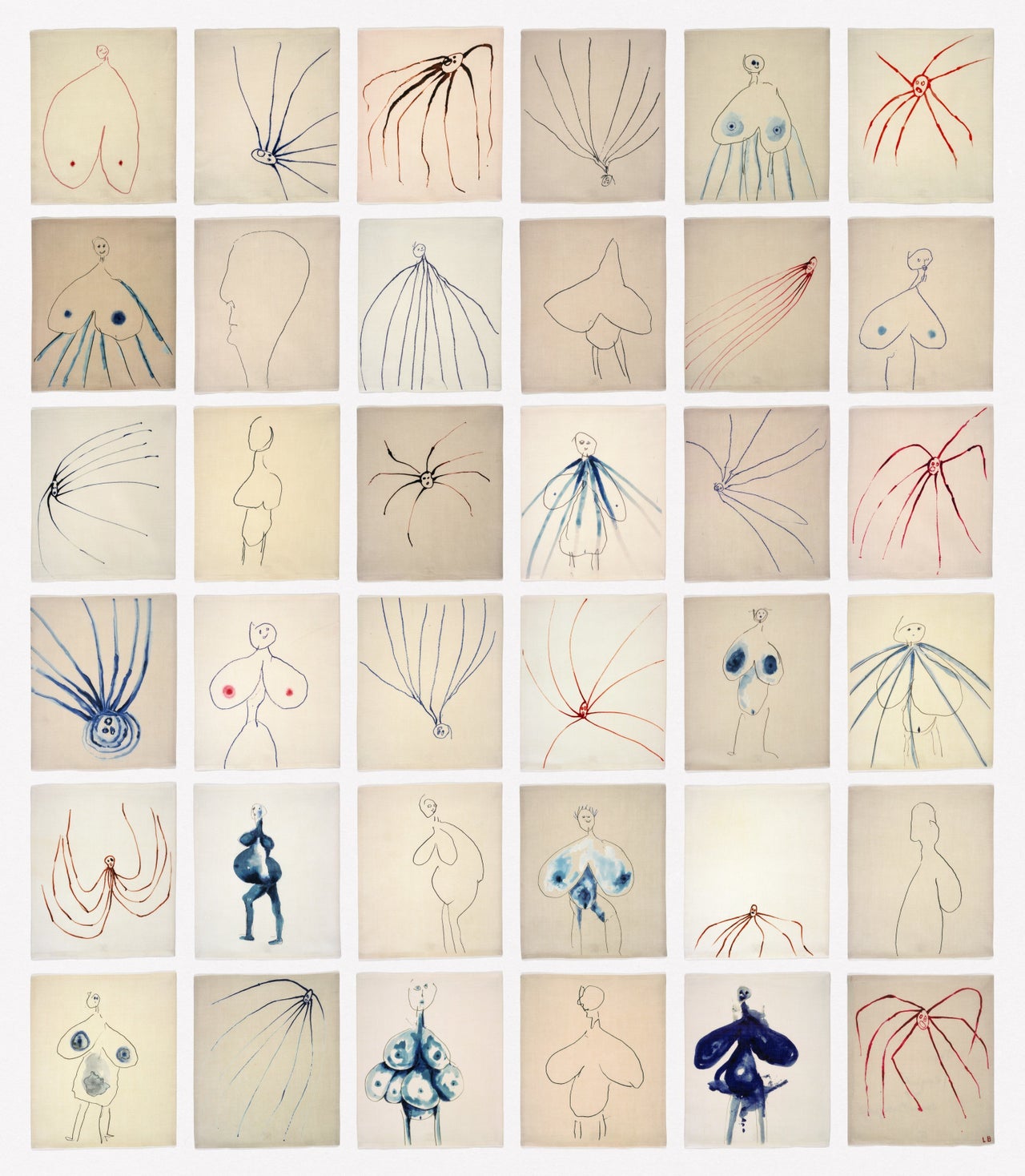
First, take in the whole image. Upon first glance, you might focus on the naked bits taking up a frame. But don't let the blushworthy subject matter prevent you from drinking in the colors and shapes that work together to create a painting, drawing or statue. Follow the lines as if you were deconstructing a landscape, evaluating the foreground, background and everything in between. Whether the work is realistic or abstract, push yourself to connect the nude figure you see in front of you with the blanket of color or intricate setting surrounding it.
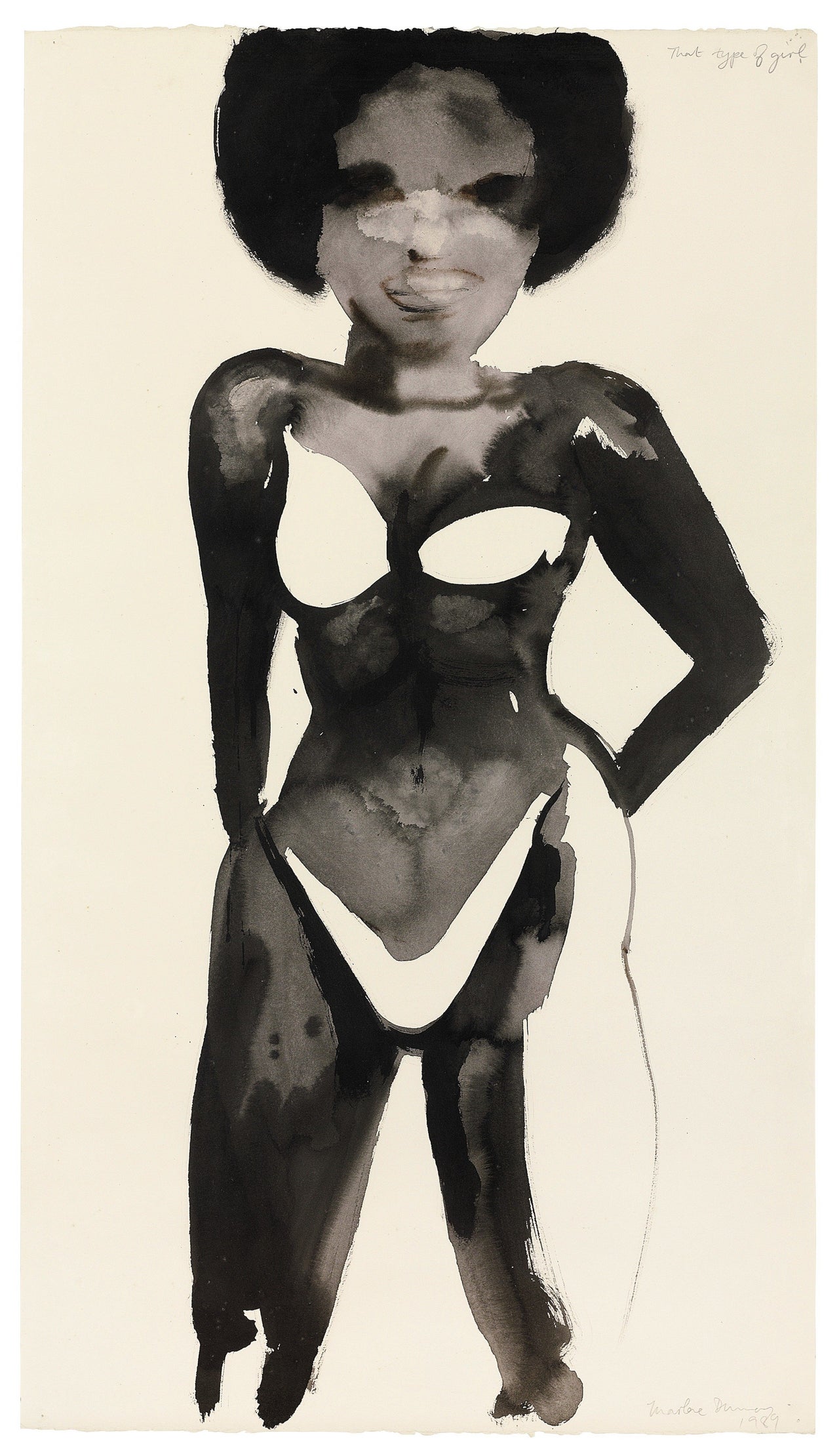
Read the title. Now that you've inhaled and exhaled properly, read the title of the work. The title can speak volumes, revealing whether the tone of a piece is romantic, critical or ironic. Take South African artist Marlene Dumas' painting above, dubbed "That Type of Girl." Without even knowing the oeuvre of Dumas (or that she frequently paints unfiltered portraits of subjects like sex workers and corpses), these simple words can alter your perception of the stark, nearly nude woman standing before you. You might have a knee-jerk reaction to the word "type," feeling as though the artist is toying with your perception of women and equality. How does this loaded phrase change the way you see a girl's defiant stance and head-on stare? What "type of girl" would stand this way, naked before a person?
“With text, it is the titles that make people look at in a certain way," Dumas divulged to The Independent.
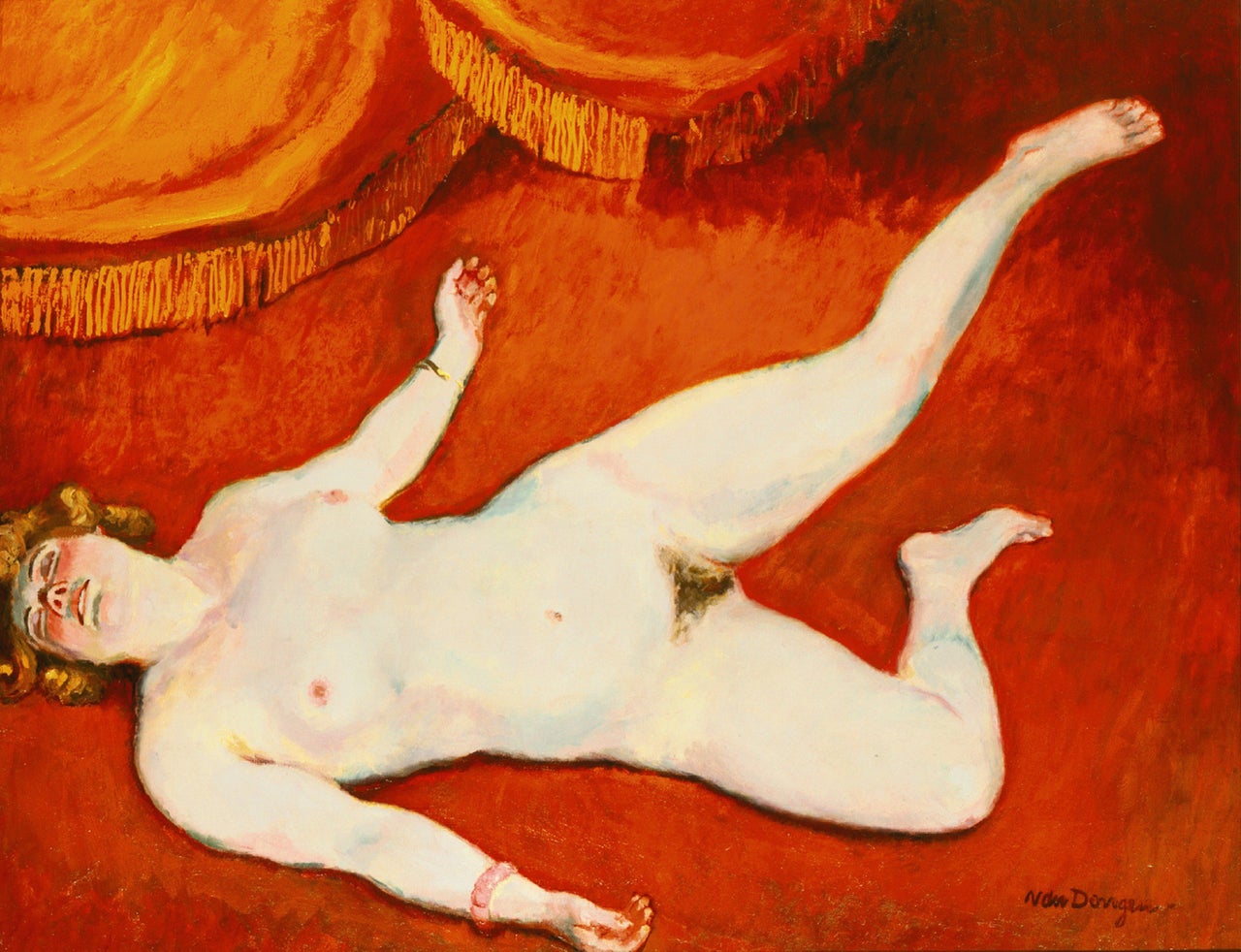
Then check the date. Even though Bloomberg anchors still bristle at the sight of a Modigliani, contemporary culture is arguably more at ease with nudity than, say, the early 20th-century society crowd. Any art history student remembers reading about the tantalizing art shunned by more puritanical critics at the salons of Europe (e.g. Édouard Manet's "Olympia" from 1865). With this in mind, Kees van Dongen's "Femme Nue Blonde," completed in 1906 and shown above, takes on new meaning, simply for the fact that it was painted over 100 years ago.
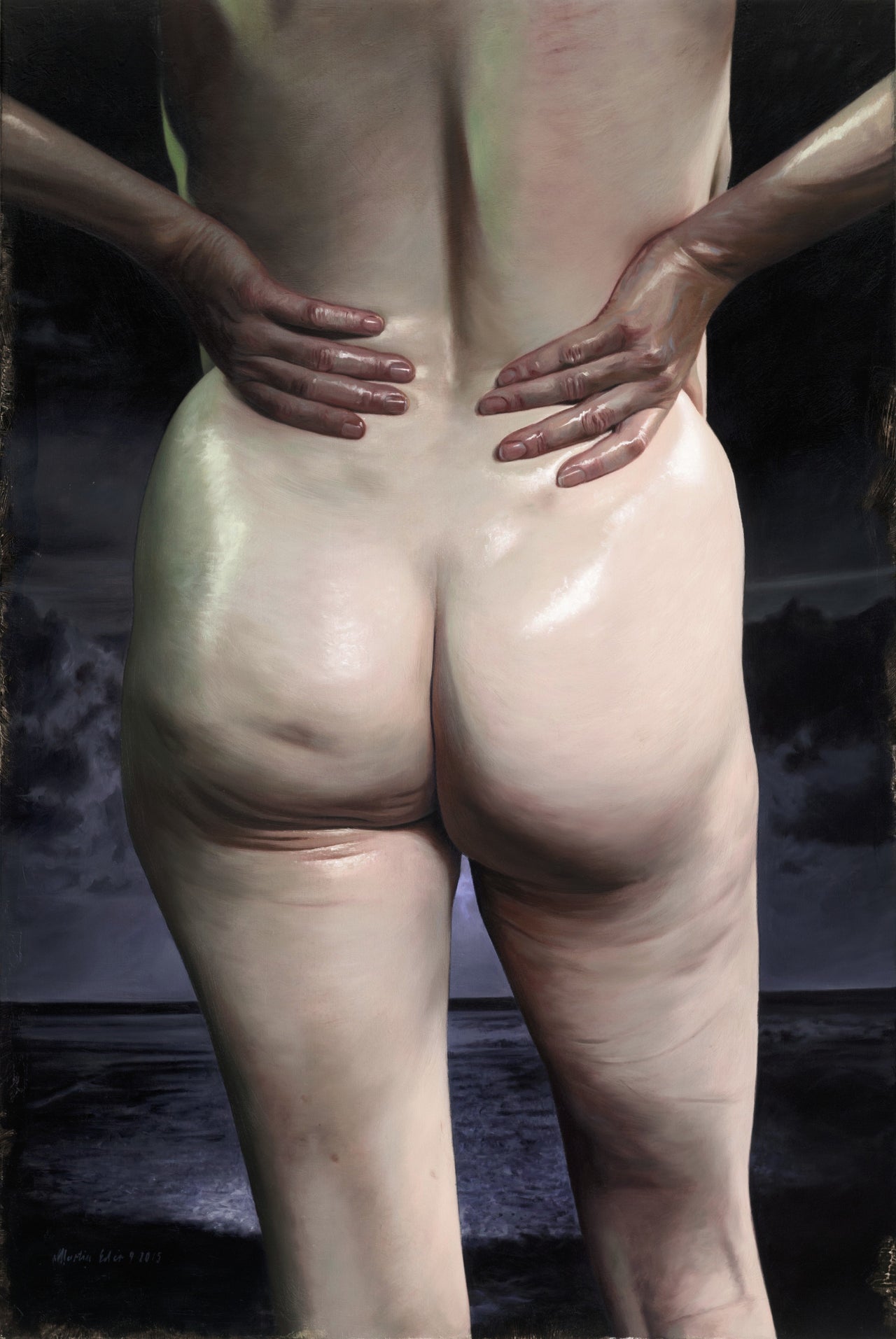
Look purposefully beyond the naked body. Focus on what's subversive about the artwork, outside of the naked flesh. An initial peek at Martin Eder's "Full Moon" above might only afford you the view of a nude butt, but look beyond it, and there's an ominous landscape of dark clouds and what appears to be rushing water. These details could easily hide behind the, well, behind, but without them, Eder's work is incomplete. With them, this naked figure is suddenly forced out into the open, positioned alone at the precipice of a wild expanse, entirely vulnerable to the elements. The comfortable position of the hands on the glossy back contrasts with the unruly environment, and all of this tension elevates Eder's work.
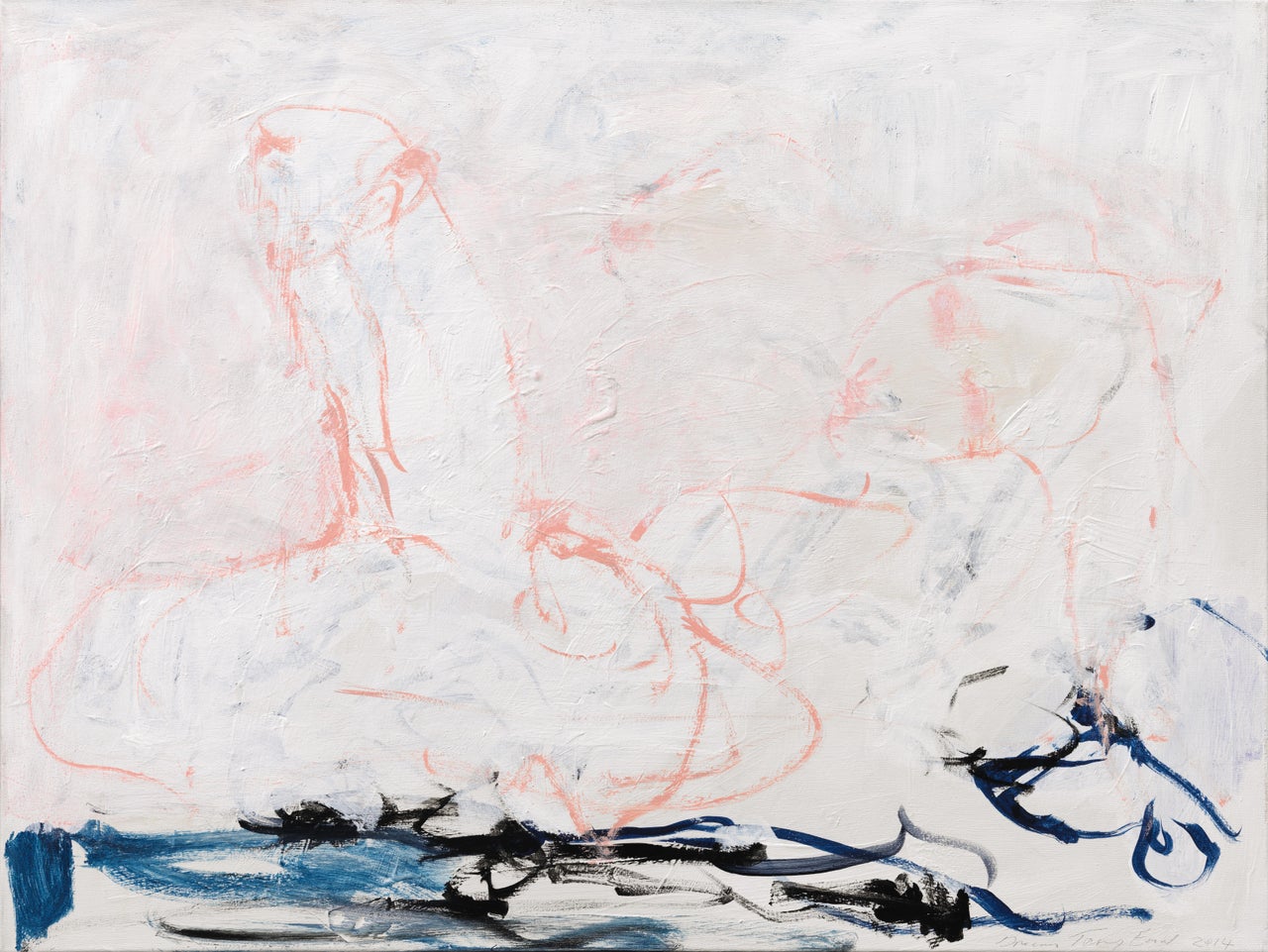
Question your perspective. Both figuratively and literally. Ask yourself: What is your physical relationship to the work? Does the figure stare into your eyes, or avert your glance? Is the body positioned squarely in front of you, or partially obscured from view? Do you as a viewer overpower his or her stare? How does this balance of power change the way you feel staring at the painting or sculpture?
Next, ask yourself: What is your relationship to the subject in terms of gender, race and class? Women have long been the subject of nude artworks, but throughout history, were rarely the ones yielding a paintbrush in major institutions. As the Guerrilla Girls point out in their 2007 poster, less than three percent of artists at the Met are women, but 83 percent of the nudes are female. And some of those female bodies belonged to sex workers willing to pose nude for male artists. In response, many artists -- like Tracy Emin above -- have attempted to question the long-honored "male gaze," just as others have attempted to challenge Western audiences' appropriation of non-Western themes and peoples.
In Emin's "The Perfect Dream," the faint outline of a young woman appears to be staring amusingly at a rather phallic object, a humorous reversal of the age-old, male-on-female form of objectification we're used to. All of this adds context to Caroline Walker's question posed in a description for Sotheby's show: "What is it to be a woman and be looked at by men?"
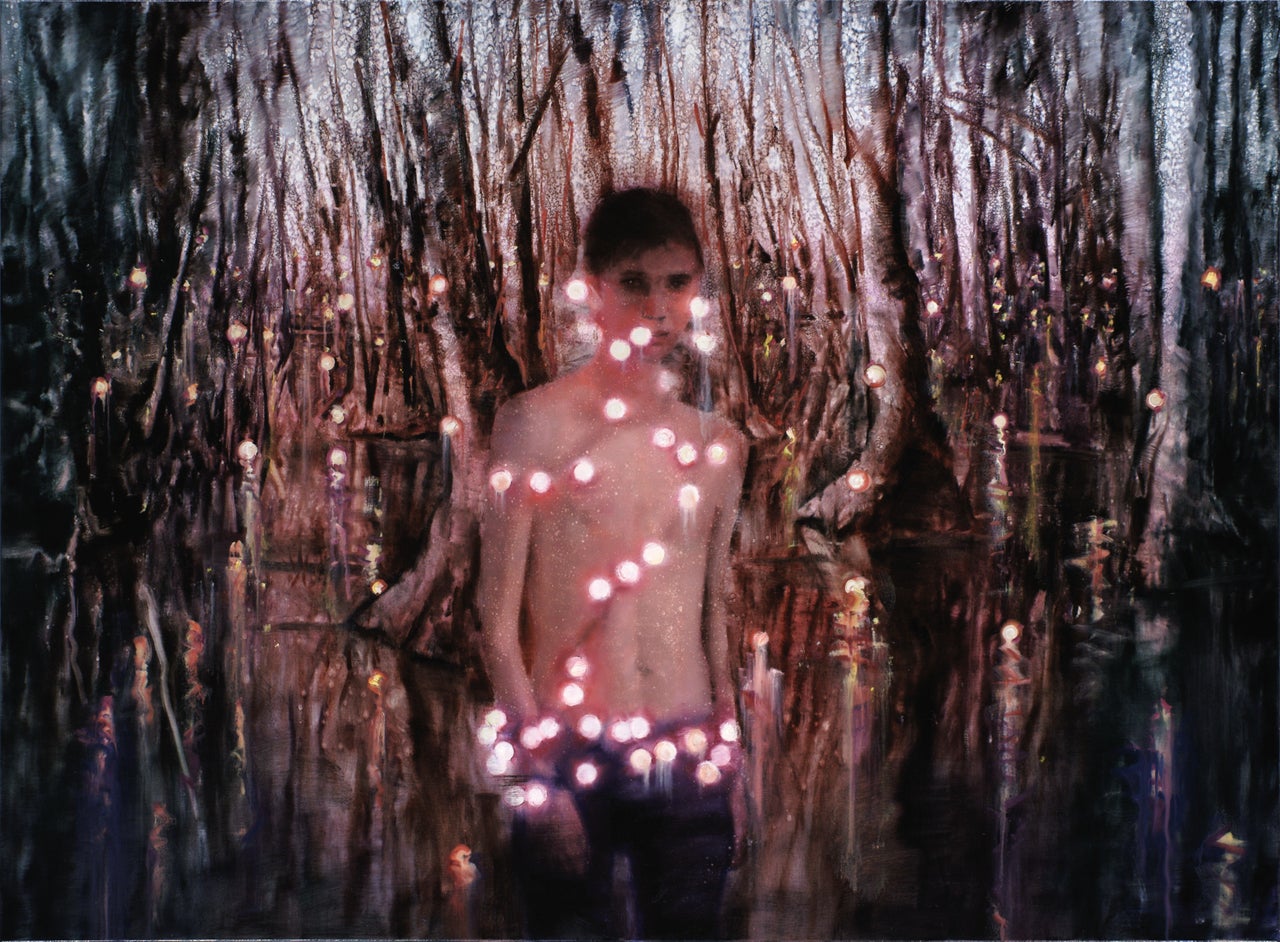
Think about how this kind of nudity compares to the ways naked bodies are depicted in mainstream media. Outside of art, there's no shortage of nude or even erotic imagery lining magazines, bus stops, billboards and the margins of digital media. Images of bodies that have been photoshopped to adhere to unrealistic, heteronormative body ideals only continue to proliferate, in advertisements and on television and in film. So, how do those images stack up against the nude art before you? Does that nude painting or statue blend in with the whitewashed forms on TV, or does it challenge the conformity of imagery in mainstream media? Here's where you start thinking outside the frame.
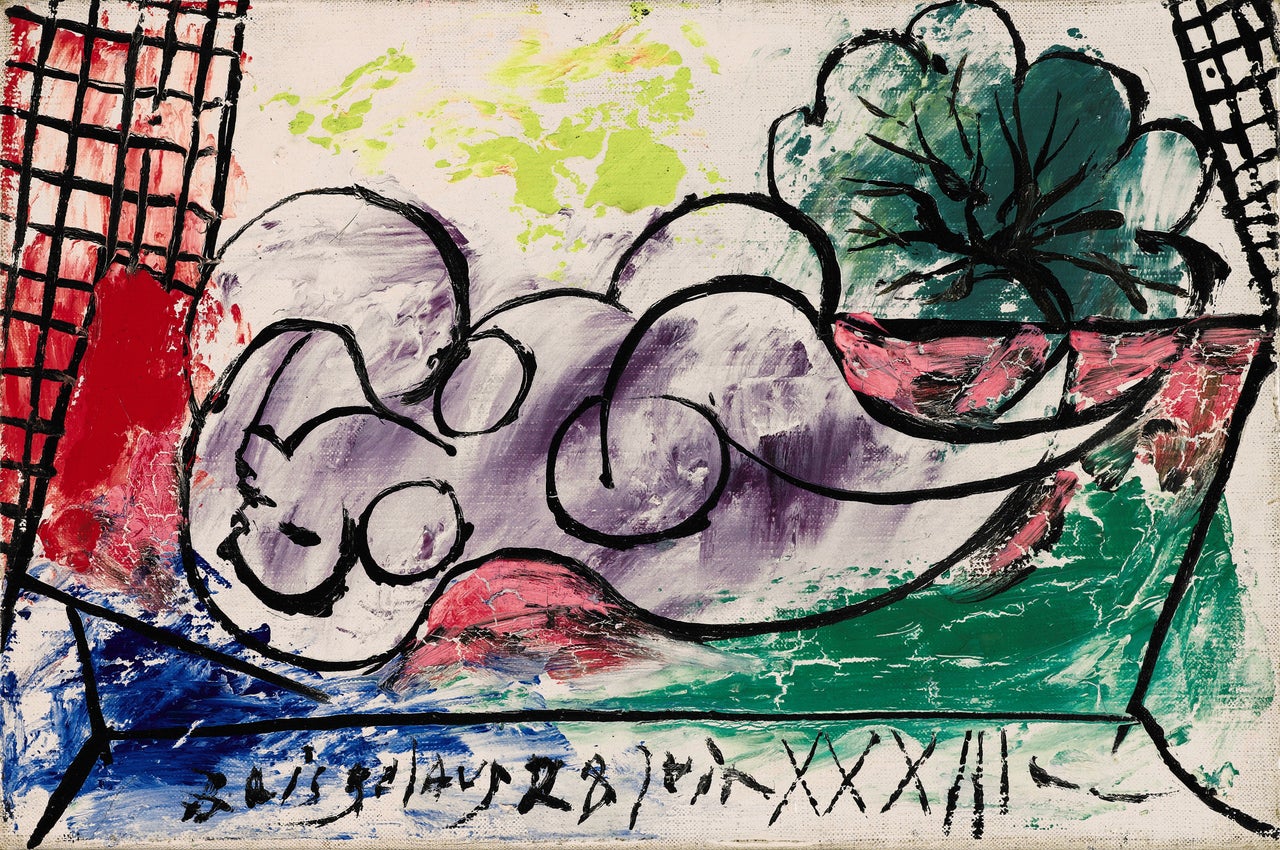
A little research never hurts. Just as knowing the title and date of an artwork can affect your perception of a work, knowing a little bit more about the artist and his or her practice can also enrich your experience. It might help to know that Martin Eder seeks to comment on a generation of people "who grew up with Internet porn and have a completely different relationship with the nude." Or that Jonathan Yeo's gridded depiction of a naked torso is meant as a "study of the of the impact of plastic surgery." It's on your shoulders to put in the research necessary to fully digest a new piece of art.
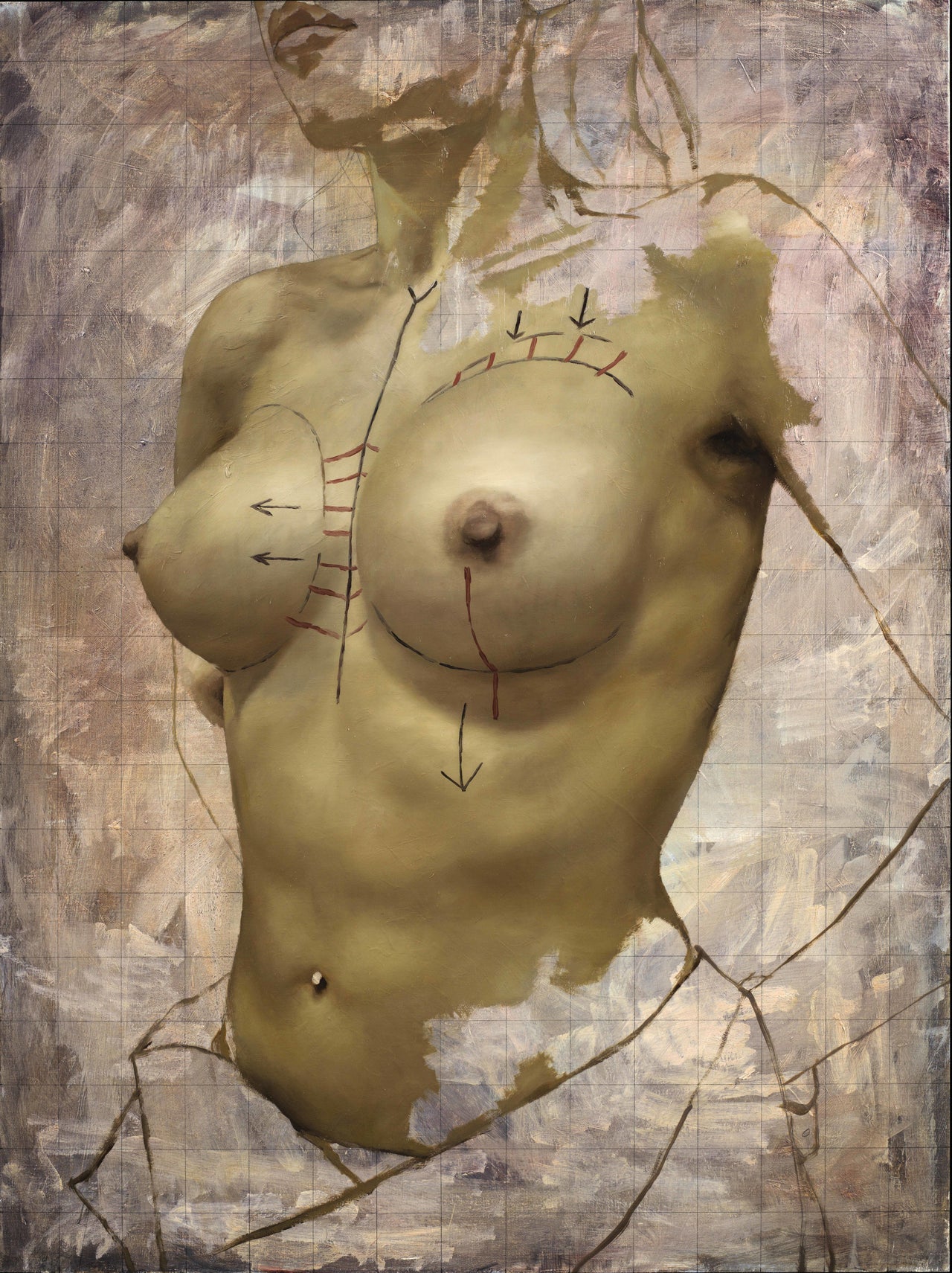
No, you don't have to differentiate between the words "naked" and "nude." Although, art historian Kenneth Clark would like you to. "The word 'nude,'" he says, "carries, in educated usage, no uncomfortable overtone. The vague image it projects into the mind is not of a huddled and defenceless body, but of a balanced, prosperous and confident body ... " Clark's definition is, by his own admission, a little elitist. We prefer the unabashed terminology of Sotheby's: "The naked human body has the power to compel, to shock and to seduce." Substitute the word nude, and you're still experiencing the same emotions.
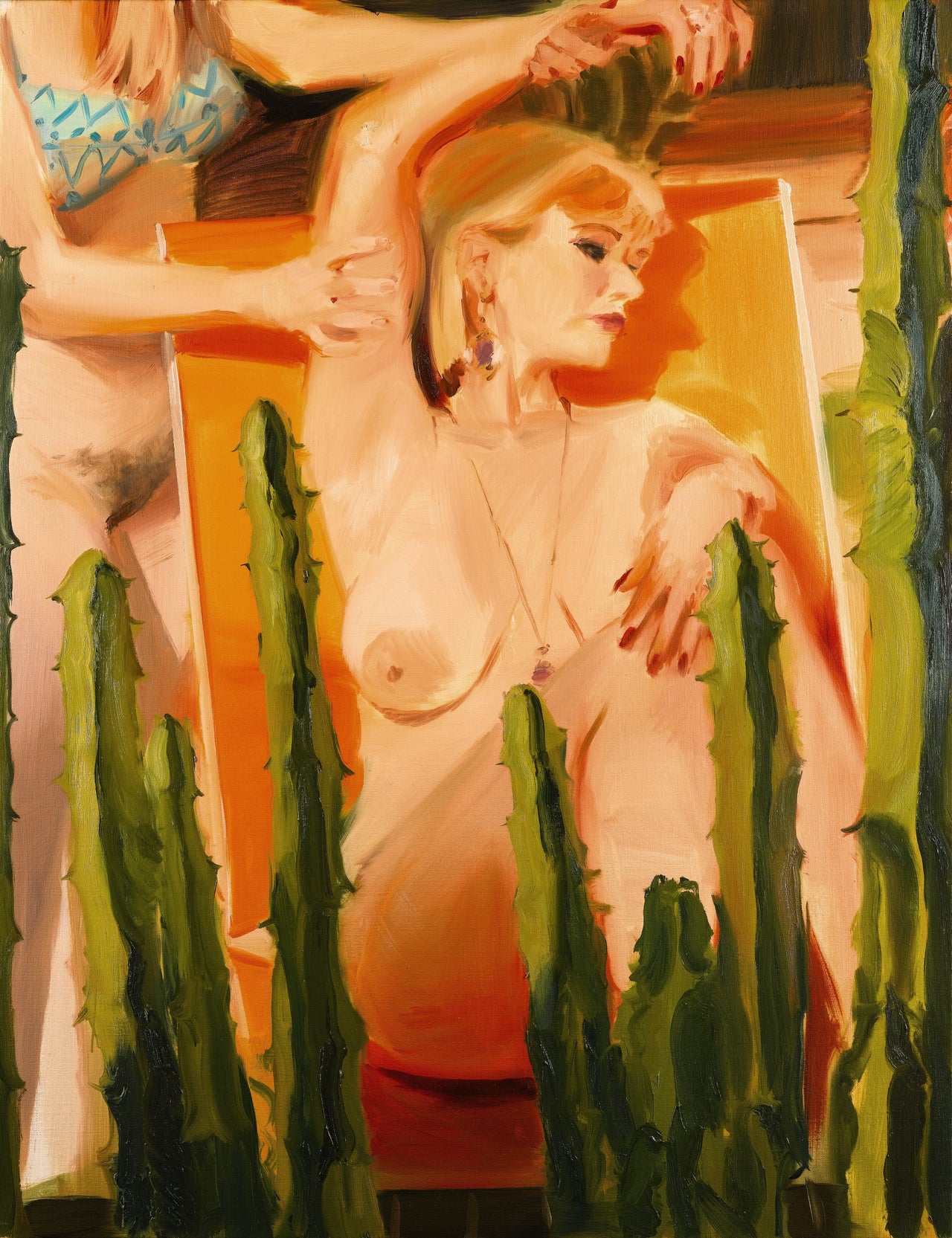
But when it's all said and done, don't try to "get" nude art. As fellow HuffPost writer Priscilla Frank wrote in a previous article on reading abstract art, "This is the part where you take a deep breath and fully accept the fact that you're working outside the realm of answers and explanations." Sometimes a naked body is just a naked body, because not all artists create according to a premeditated script. And unfortunately, in some cases, nude art is the result of questionable men enjoying the opportunity to look at naked women. We can't deny that.
But before you slap the term "racy" on a work of art, try to get through these easy steps first. Even if there's no hidden "meaning" lurking below, the experience of connecting to a piece of art is valuable nonetheless.
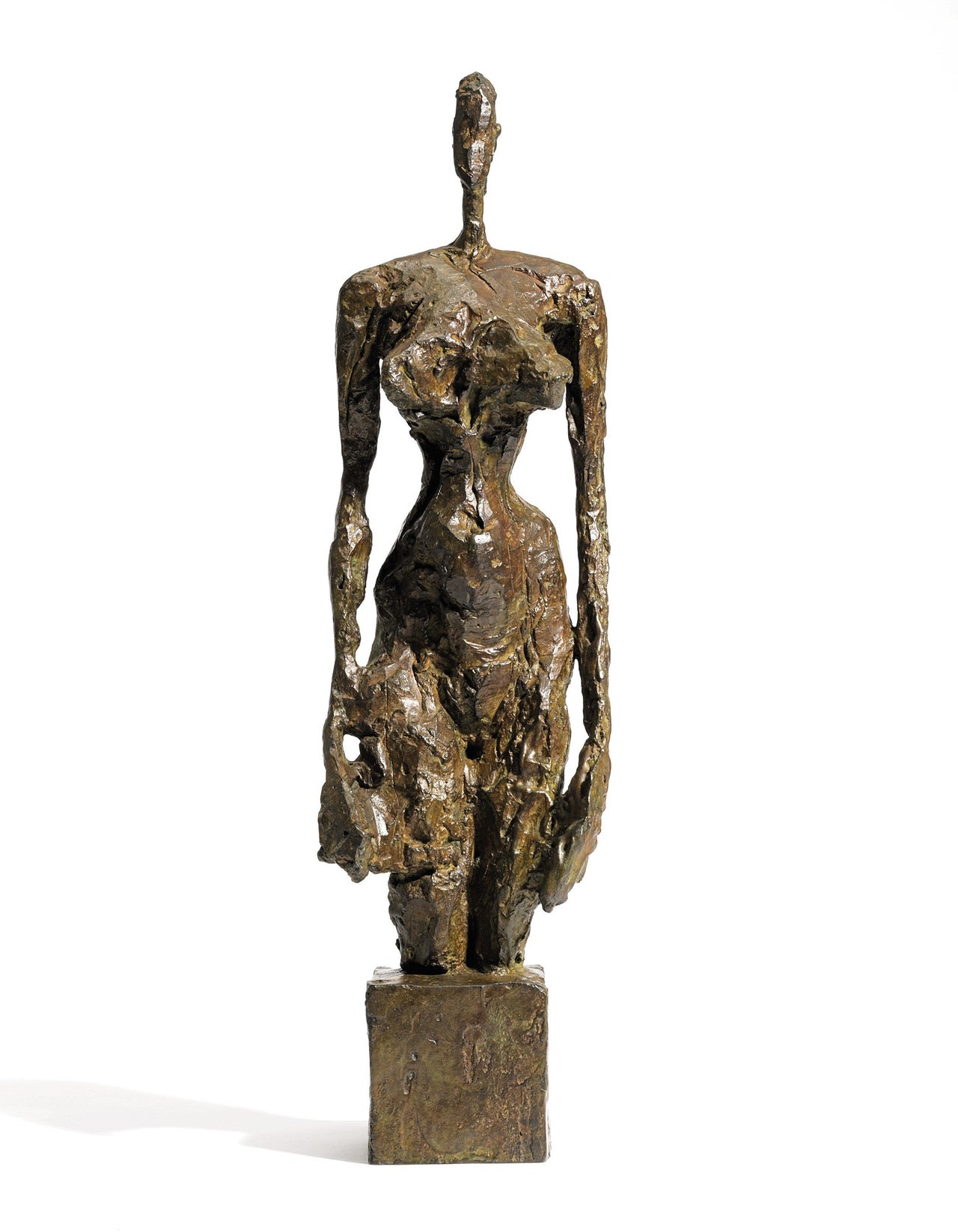
Also on HuffPost:

